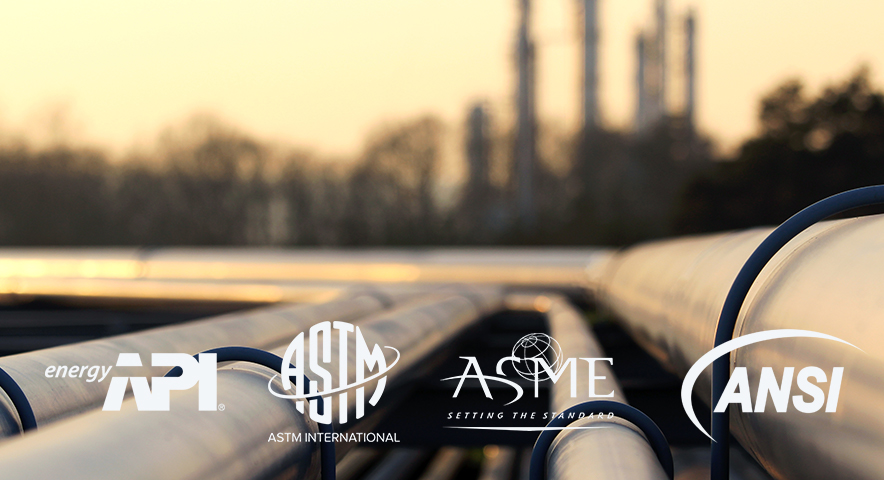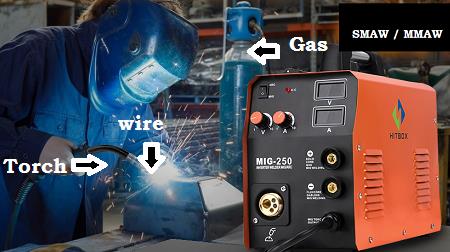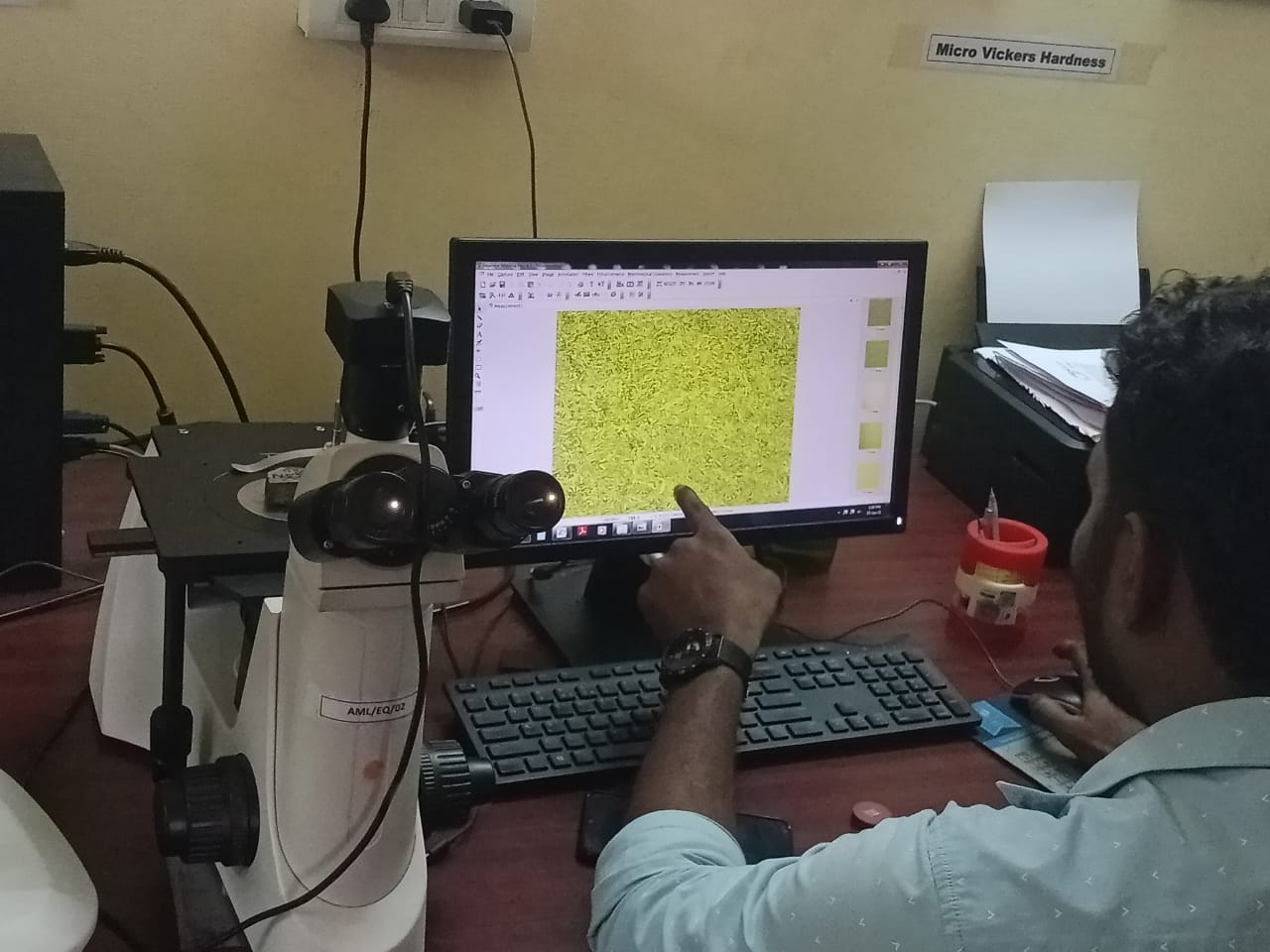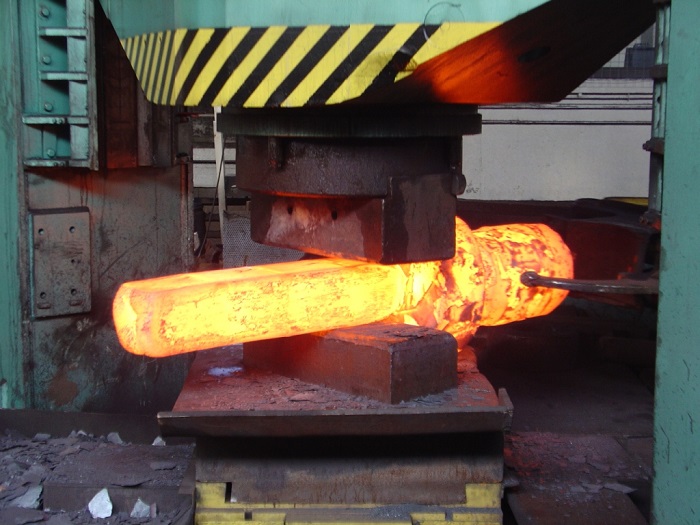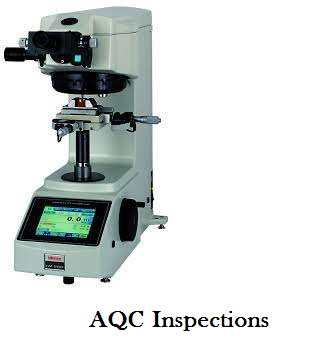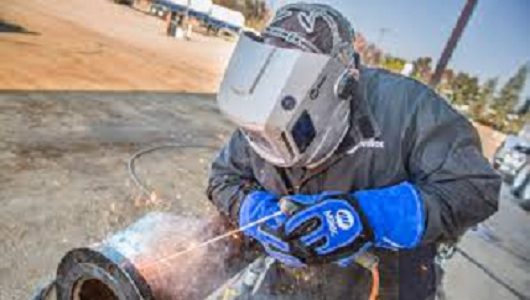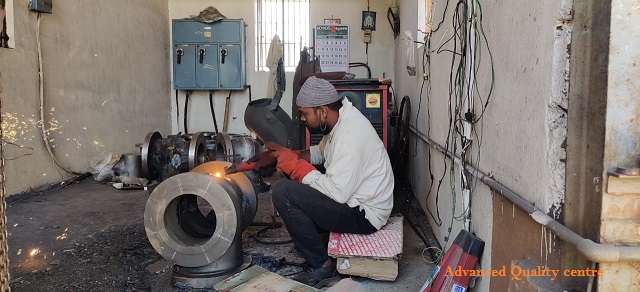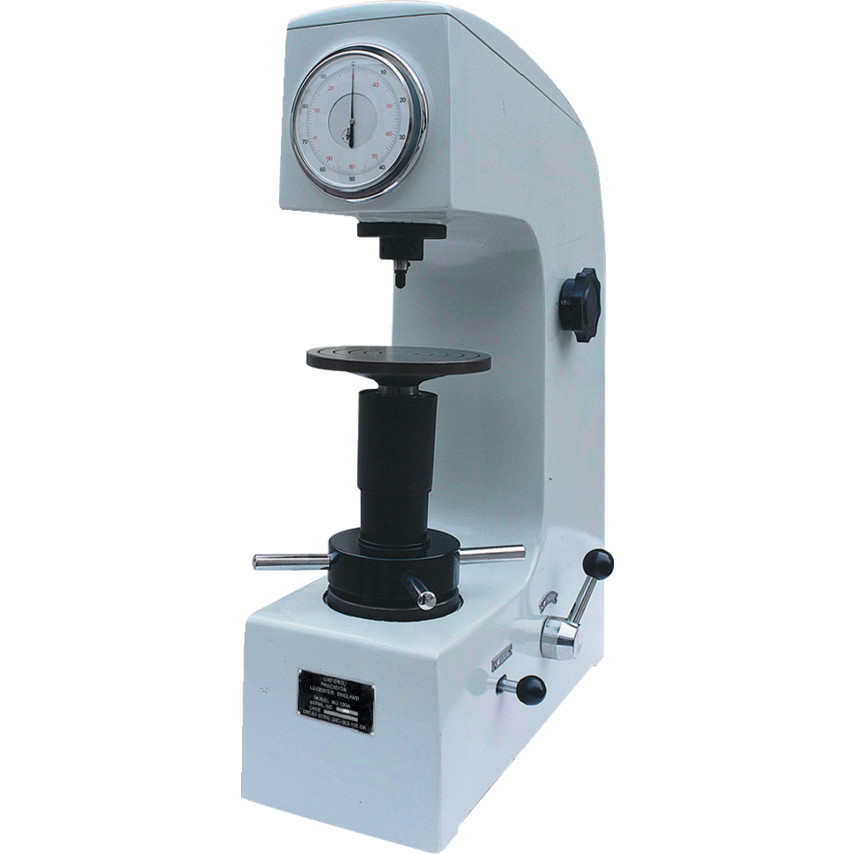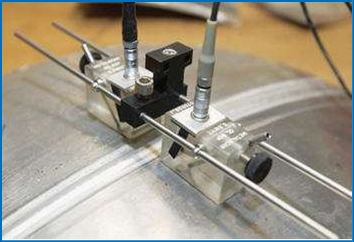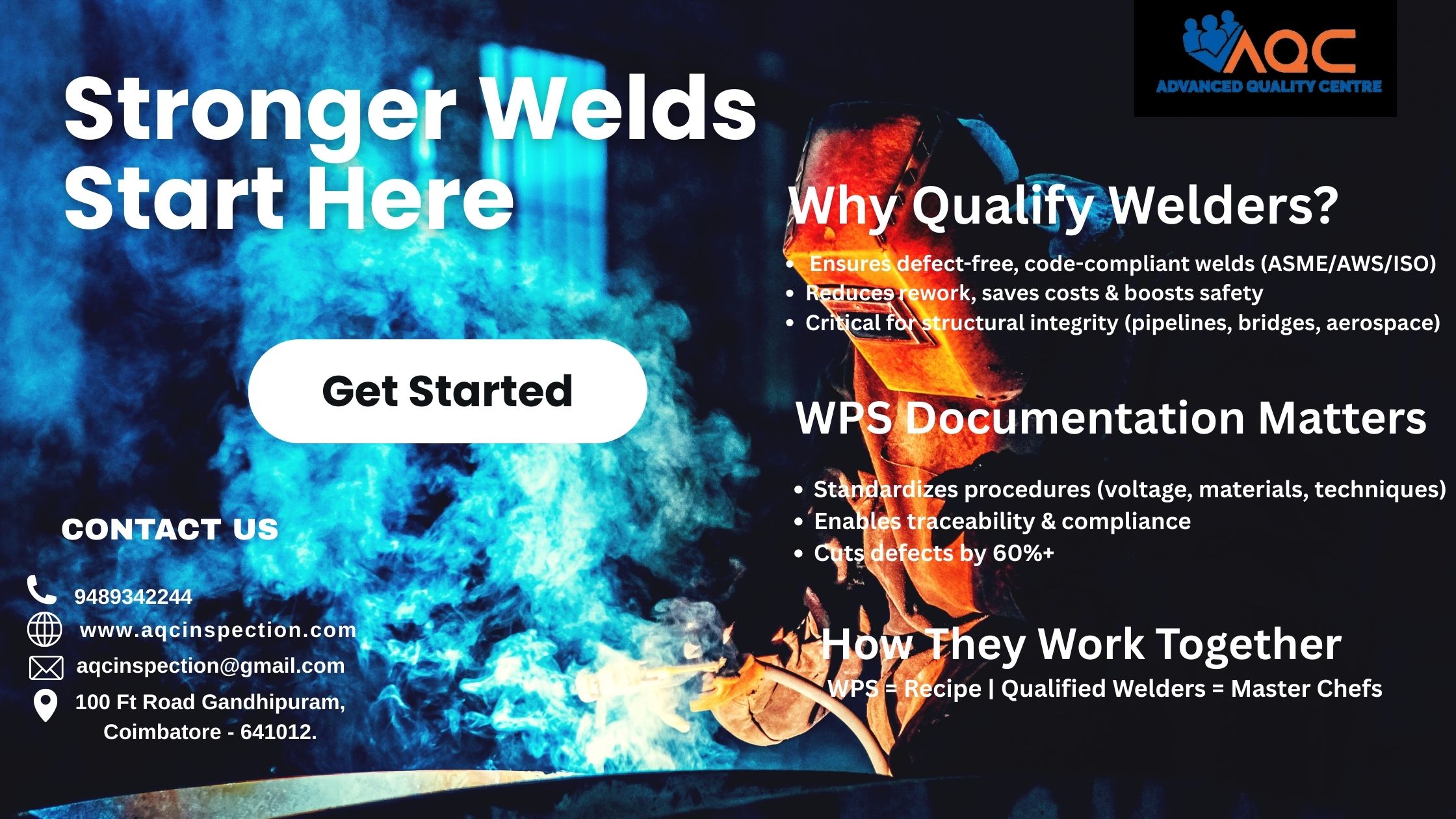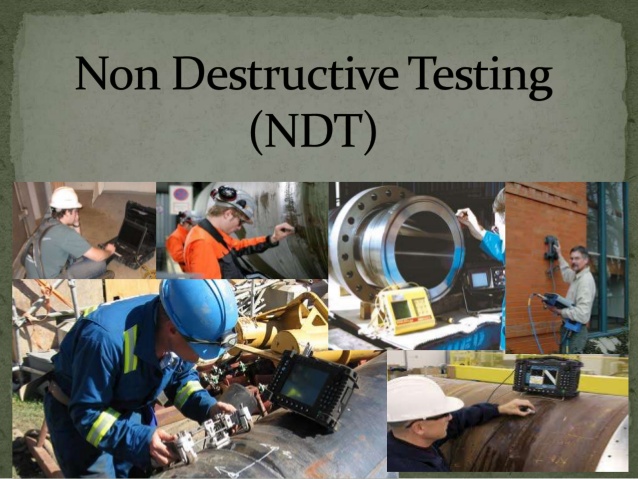blogs
blogs
blogs
WELDING ELECTRODES AND PREHEAT REQUIREMENTS
The procedure requirements for welding electrodes and preheating temperatures are as follows: Welding must be done with the same process (SMAW or FCAW) used for qualification If the operator has qualified on any of the steel permitted (ASTM A36 and A588), that same operator…blogs
Mechanical Properties
The mechanical properties of a material are those properties that involve a reaction to an applied load. The mechanical properties of metals determine the range of usefulness of a material and establish the service life that can be expected. Mechanical properties are also used to…blogs
Forging
Forging is a manufacturing process involving the shaping of metal using localized compressive forces. Forging is often classified according to the temperature: “cold”, “warm”, or “hot” forging. Forged parts can range in weight from less than a kilogram to 580 metric tons. Forged parts usually…blogs
Hardness Test- types
Rockwell Superficial Hardness Test: The Rockwell Superficial Hardness Tester is used to test thin materials, lightly carburized steel surfaces, or parts that might bend or crush under the conditions of the regular test. This tester uses the same indenters as the standard Rockwell tester but…blogs
Weld symbols location
1.1. Location of the Weld with Respect to Joint: a.Arrow Side. Welds on the arrow side of the joint are shown by placing the weld symbols on the side of the reference line toward the reader.blogs
WELDING SYMBOLS
Elements of Welding Symbols: The first concepts the Welding Inspector must understand very well, are the welding symbols and how to interpret them on drawings. The reference line of the welding symbol, as shown below, is used to designate the type of weld to be…blogs
Hardness Testing
Hardness Testing: Hardness is the resistance of a material to localized deformation. The term can apply to deformation from indentation, scratching, cutting or bending. In metals, ceramics and most polymers, the deformation considered is plastic deformation of the surface. For elastomers and some polymers, hardness is…blogs
Welding of Stainless Steels
Welding of Stainless Steels: General Concepts: Stainless steels, resumed here in a general way, are defined as steel alloys, where the chromium content ranges from 10.5% to 30%. There are five distinct types of stainless steel:blogs
